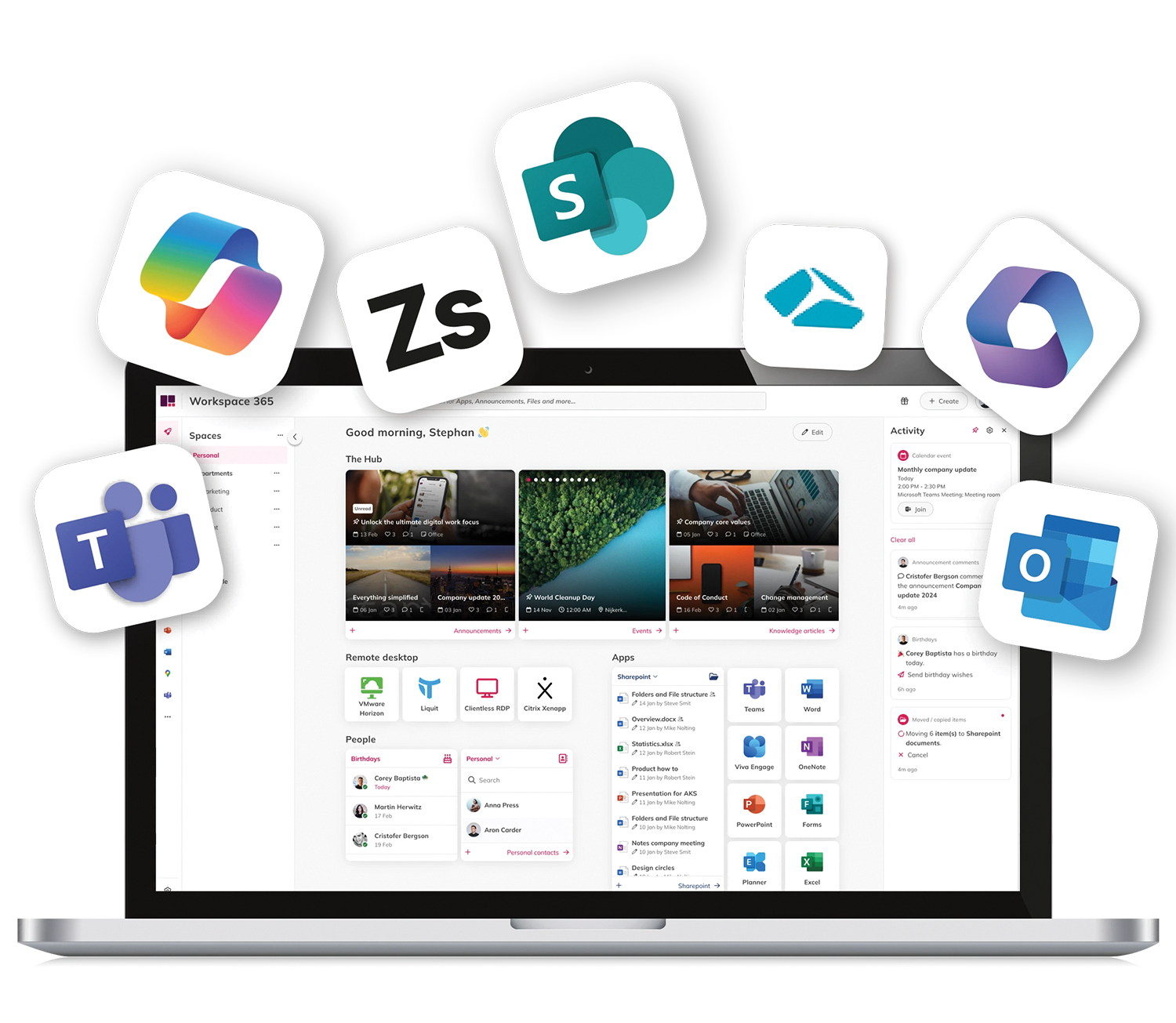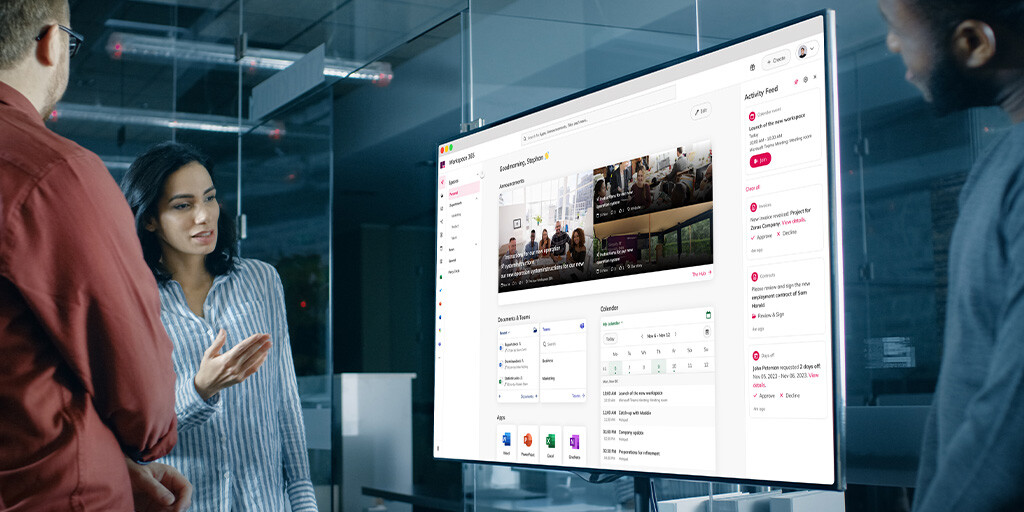With technology increasingly becoming a bigger part of our work and home lives, we are logging on to more and more online portals every day. This means that there are just more and more passwords to remember. And in turn, it means more passwords to forget, reset and potentially forget again.
Single Sign-On (SSO) solutions have emerged as an easy way to get around this. They allow you to sign into the solution once, and will then automate all your other logins for you.
This is fast becoming a fan favourite at organisations and companies as it increases productivity and digital security while improving employees' digital experience.
What exactly is Single Sign-On?
Have you ever been on your phone, opened an application or online service, and seen that your login details had been remembered by your phone? Think how satisfying it was to not have to remember your login details each time and that they had been recorded for you.
This is similar to the concept of Single-Sign-On Solutions. Except, instead of your device remembering your login details and passwords, it is a software solution that lets you securely log in to multiple different applications using a single ID and password.
Think of an SSO Solution as a system that will verify your identity on websites. Instead of having to prove your identity by manually logging in to each website, your SSO will verify your identity for you - saving you the hassle.
Why your organisation needs Single Sign-On
SSO makes logging in much easier. But is it really necessary? Our answer: absolutely!
And here's why:
1. Logins Are A Productivity Barrier
Companies and organisations are always looking for new ways to increase their productivity. An easy way to do so is to use Single Sign-On.
Did you know that by using SSO, you can save approximately 24 hours per person per year? Consider how many employees are in your organisation, and how much time manual logins are wasting. This time could be put to much better use!
SSO also makes it much easier to manage employee's access to applications. In today's world, a workday often involves navigating between various applications at work. Different people will need access to different apps. Often, they also need varying levels of access within these applications.
Managing which employees have access to which apps, as well as their degree of access, can be incredibly time-consuming. Human error seeps in and you waste even more time trying to fix mistakes (during which the employee cannot access the app to do their work).
Most SSO solutions will automate this for you. Administrators no longer need to manually manage app access amongst employees. All employees will automatically have the right degree of access to the right apps.
2. SSO Improves The Digital Employee Experience
Using a Single Sign-On solution does not only help increase productivity. It also plays a pretty big role in the digital employee experience.
Studies have found that 44% of surveyed consumers are more likely to sign up for an online service or app if it offers SSO. This clearly shows a preference amongst people for SSO in their private lives.
So, it only makes sense for this to also apply in their work lives. In fact, many would likely prioritise Single Sign-On even more in their work-life, considering there is a heightened need to access applications quickly and effectively.
Employees are often faced with multiple deadlines. They don't want to be slowed down while accessing the applications they need to use to meet them. This is clear considering the fact that in one study more than half of the employees said they were more likely to work for a company that offers SSO.
Today, having a good digital employee experience is essential to attracting and maintaining the best people for the job. Especially seeing as the generations now entering the workforce are prone to prioritising technology.
Employees have also been exposed to the importance of a good digital experience at work during the covid pandemic. It seems that technology is only going to become a bigger part of our work-life going forward and employees are placing more and more importance on their digital experience at work. So, an easy way to improve this experience is to use Single Sign-On.
3. SSO Improves Digital Security
Most people are prone to using one password - or variations of one password - for many different login portals. This means that, if hackers access an employee's details for one application (e.g. through a phishing attack), they likely will be able to use them for many different applications. This can put your organisation's sensitive data at risk.
SSO mitigates this risk with authentication as many SSO solutions allow you to set up a multi-factor authentication process. This means that employees need to use more than just a password to identify themselves - especially if they are logging in outside of the company network.
Typically, it involves using a cell phone confirmation, biometric identifiers or security questions. So, even with the right credentials, hackers will not be able to log in. This authentication measure boosts security while ensuring that employees can seamlessly log in to all their work applications.
With Single Sign-On, users only need to know a single ID and password to be able to log in to all their applications. So, because they do not have to remember multiple passwords, users are less likely to forget them and need to reset them . And a bonus: if they don't need to remember them, they can make them nice and complicated.
Make everything accessible with one click in Workspace 365
If you use Workspace 365, you can unite all your information, applications, news, documents and processes into one adaptive digital workspace, and access them safely with one click after logging in.
Workspace 365 is independent from other software vendors. This means you can use the Single Sign-On Workspace 365 already offers with Microsoft Azure, and/or choose from different Identity and Single Sign-On providers, such as Okta, HelloID and more.
This will help you increase the productivity and digital security of your organisation, as well as improve your digital employee experience.







